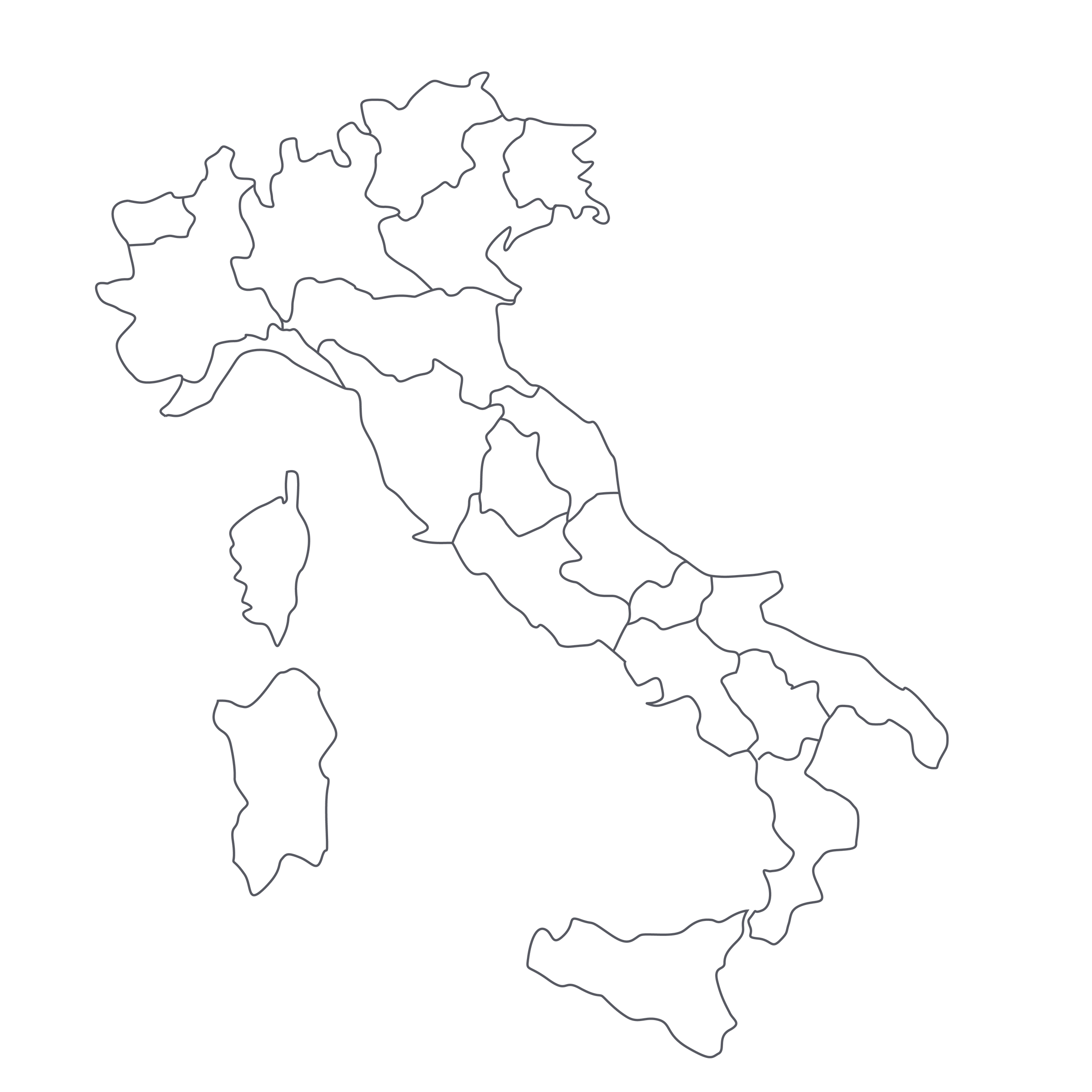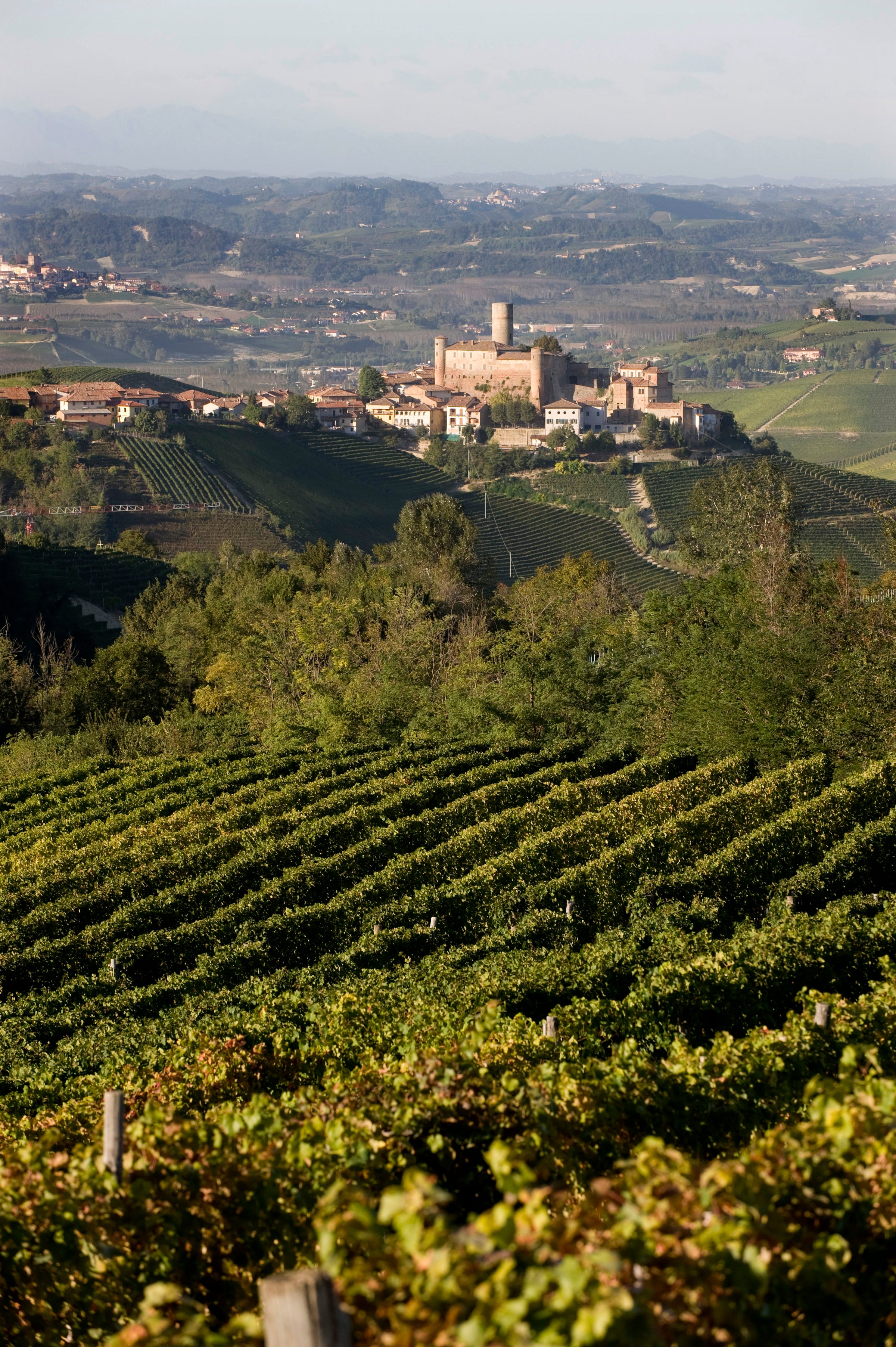Today’s wine is the ultimate labor of love—not just for its maker, Danilo Thomain, who hand-farms just a few hectares of steep-sloping vineyards in the Italian Alps, but for its importer, Rosenthal Wine Merchant, whose reasons for bringing it to the US certainly aren’t commercial. Thomain’s Enfer d’Arvier is the kind of wine which, under normal circumstances, would only be found in a few places in its remote region of origin—the mountainous Valle d’Aosta—and at the “cellar door” itself. The fact that a fairly significant portion of Thomain’s production, which totals around 500-800 cases depending on the vintage, makes it to our shores is an example of what really fuels the best import companies: passion.
Today’s wine, based on the native Petit Rouge grape grown in some of the highest-elevation vineyards in Europe, is not only straight-up delicious but truly like nothing else in wine—so yes, as someone who lives for the most unique wine experiences, I’m compelled, like the importer, to shine a light on this one. Like many of its “mountain red” contemporaries from France, Switzerland, and elsewhere in northern-most Italy, this 2018 has this magical combination of ethereal finesse and serious staying power. It’s a meadow blooming with wildflowers, a basket full of mountain berries, a shard of rock—and there is really nothing else like it. Most of the time, the rarest wines of the world are priced accordingly. But not today. Take advantage now before it disappears for another year!
The Aosta Valley is a tiny, mountainous region in the Western Alps, with not just Mont Blanc but the Matterhorn, Monte Rosa, and Gran Paradiso forming its snow-capped skyline. The vineyards, some of which are among the highest-elevation sites in Europe, occupy terraces and slopes along the Dora Baltea River, which eventually runs down into neighboring Piedmont, where it hooks up with the Pò. The wine culture of Valle d’Aosta (Vallée d’Aoste in French), is a melding of French, Italian, and Swiss wine traditions. French is the main language here, and as such the labels on bottles can get confusing—typically you’ll see both Italian and French used simultaneously, much as it is on street signs, etc. in the region.
Thomain’s demonic label is a shout-out to the tiny appellation in which the wine is grown: Enfer d’Arvier, or “hell of Arvier,” a series of vineyards on the north bank of the Dora Baltea whose full-south aspects and high altitudes expose them to blazing sunlight during the day—making the already challenging terrain even more difficult to work. The entire Enfer d’Arvier growing zone (DOC) encompasses only about 12 acres of vineyards, of which Thomain owns about five. Other than Thomain, the only other producer of these wines of any commercial significance is the local Arvier cooperative. If not for an intrepid importer, Enfer d’Arvier would be a wine you’d drink in the ski lodge at Courmayeur, a restaurant in Aosta, or in some mountain rifugio while hiking. You wouldn’t expect to ever find it again, but that wouldn’t stop you from taking a picture of the bottle!
Adding to my fascination with this wine is the fact that Danilo Thomain is the third generation of his family to make wine here. Only the vineyards of Morgex et la Salle are further up the slopes of Mont Blanc, and it should go without saying that everything Danilo does is painstakingly by hand. The soils of the zone are a sandy glacial moraine, and while the spicy, floral Petit Rouge is the principal grape variety (comprising a minimum 85% of the blend by law), there are also smatterings of Gamay, Pinot Noir, Dolcetto, and other local varieties in the mix. Thomain’s ’18 is 100% Petit Rouge and is aged in tank for about nine months, creating a vibrant, fresh, strikingly complex red to rival the greats of Cru Beaujolais, the Savoie, Burgenland, and Baden.
The perfume, the energy, and the lush fruit of this wine will mesmerize you; in my own case, drinking a bottle of this was a little trip to a magnificent and unspoiled little corner of the world, a salve for my travel-starved soul. In the glass, it’s a bright garnet red moving to pink at the rim, with aromas of red and purple flowers, woodland berries, black pepper, wild herbs, and crushed stones. It is medium-bodied, with some nicely concentrated black cherry/cranberry fruit lifted by racy acidity and followed by a dusting of herbs and spices on the finish. Lately, and especially now that Summer is fully here, I’m obsessed with this fresh, nervy style of red wine. Serve it nice and cool, around 55 degrees, in Burgundy stems after a 30-minute decant and you’ve got a perfect partner for lighter grilled meats and vegetables. In the Valle d’Aosta, crisp, savory reds like this are perfect with fonduta (fondue), but this doesn’t feel like the right time for that. Try the attached recipe, and an outdoor setting if possible, and Thomain will take you places. Enjoy!




